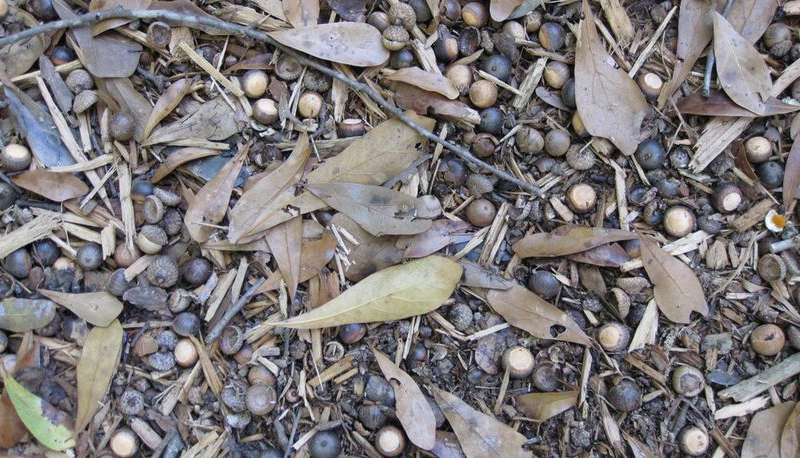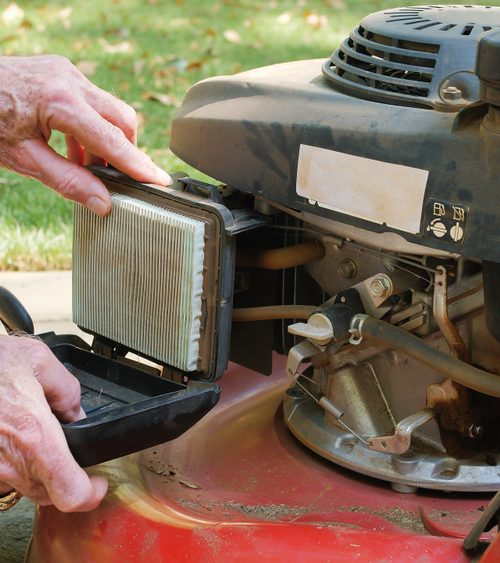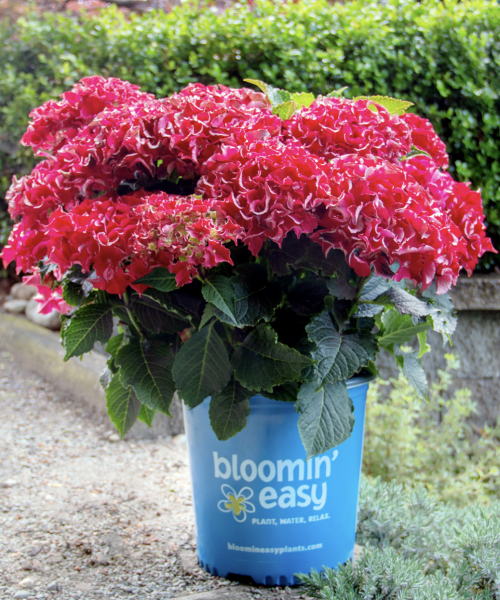By Walter Reeves, For the AJC
Troy Warren for CNT #HomeGarden
Q: I have a massive oak tree that has dropped thousands of acorns. I have raked and raked but there are thousands left. How does one stop the remaining acorns from growing into small trees with the tenacious roots that defy pulling? Dave Watson, email
A: Let’s start with what we know will work: Removing the leaves will stop sprouts from growing. Use a mower or string trimmer where possible to get rid of new leaves when you spot them. Put pets indoors and warn your family before commencing this job: Fast-flying acorns sting like heck if they hit someone. You could also use a broadleaf weed killer (not Roundup/glyphosate) to kill the seedlings.
Q: I saw your note about hardy orange trees. It is my impression that it is the stock that many citrus trees are grafted to for strength. Virginia Tinkle, Tucker
A: You are exactly right! Grafting a cold-tender citrus tree onto a winter-hardy trifoliate orange conveys disease-resistance, improved cold hardiness, and dwarfing. Other rootstocks can be used for other effects. The same situation applies to roses. Many hybrid roses are grafted onto ‘Dr. Huey’ or ‘Fortuniana’ rootstocks to give resistance to nematodes or to specific rose diseases. I saw in Italy an eggplant grafted onto turkey berry, Solanum torvum, which allowed the gardener to have fresh eggplant on a frigid mountainside.
Q: Every year in mid-March, we prune the previous year’s growth from our crape myrtle trees. Our trees haven’t bloomed in three years. What can we do?Derrick Hart, Atlanta
A: It is rare for a crape myrtle to completely fail to bloom. I think it’s very possible you pruned off the new growth that gives rise to flowers each year. The best time to prune a crape myrtle is in winter before any growth appears. Of course, I would rather you not prune at all. Pruning does not make the plant flower any better, and it can lead to disease and insect problems.
Q: I have a very steep hill, 30 feet high and 100 feet long, next to my flat lawn. What are some low-maintenance plants that would give it a wild, natural look? Tim Pethel, Dahlonega
A: In the words of Yogi Berra, “You can observe a lot by just watching.” You need to drive around Dahlonega and note the plants used for situations like yours. If you can manage the yearly cutback in January, maiden grass is an option. Vines like Carolina jasmine or crossvine can be trained to spread over a large area. I’ve collected other plant options for consideration on a steep bank at bit.ly/GAgroundcover.
In Other NEWS



































